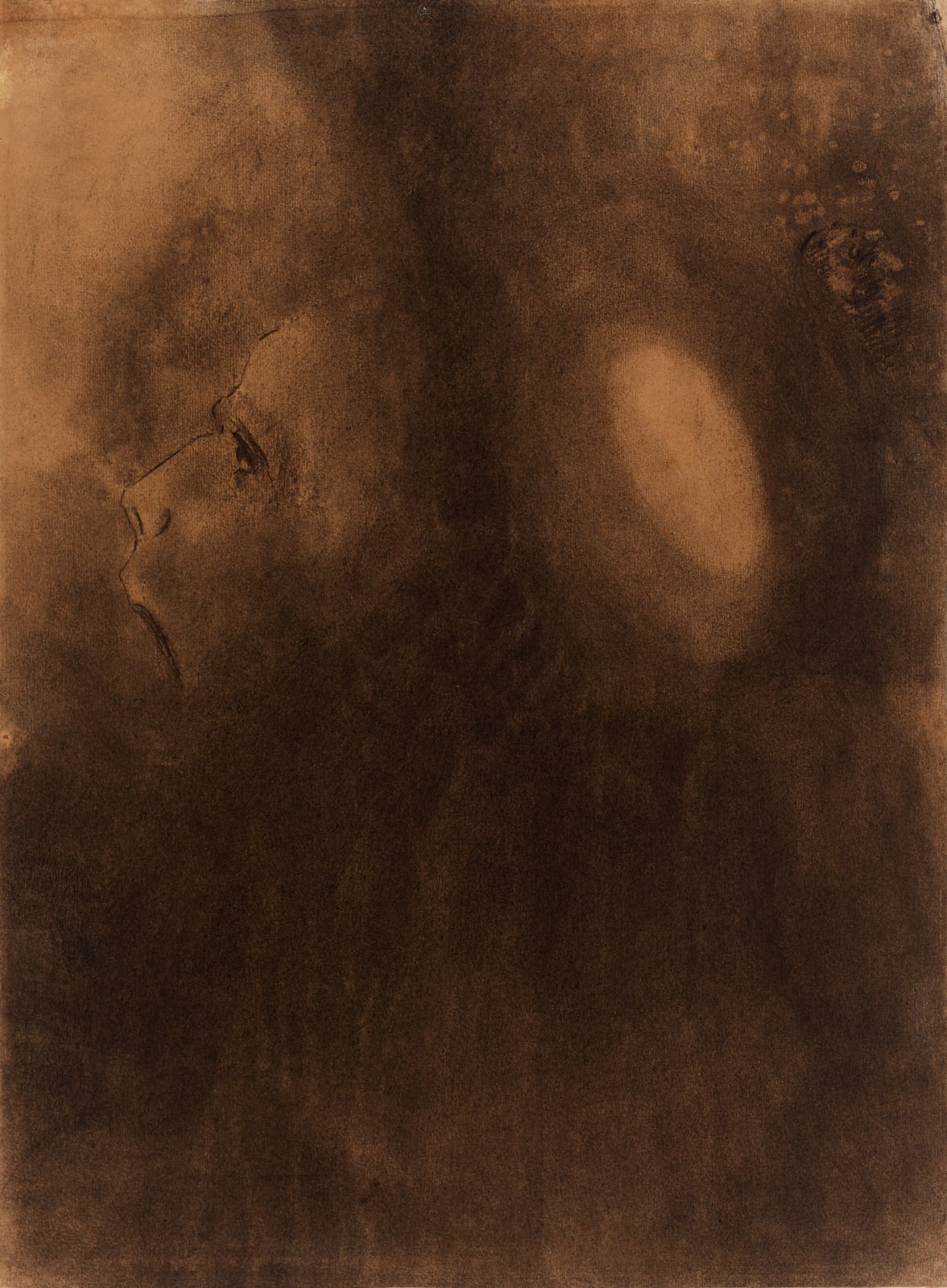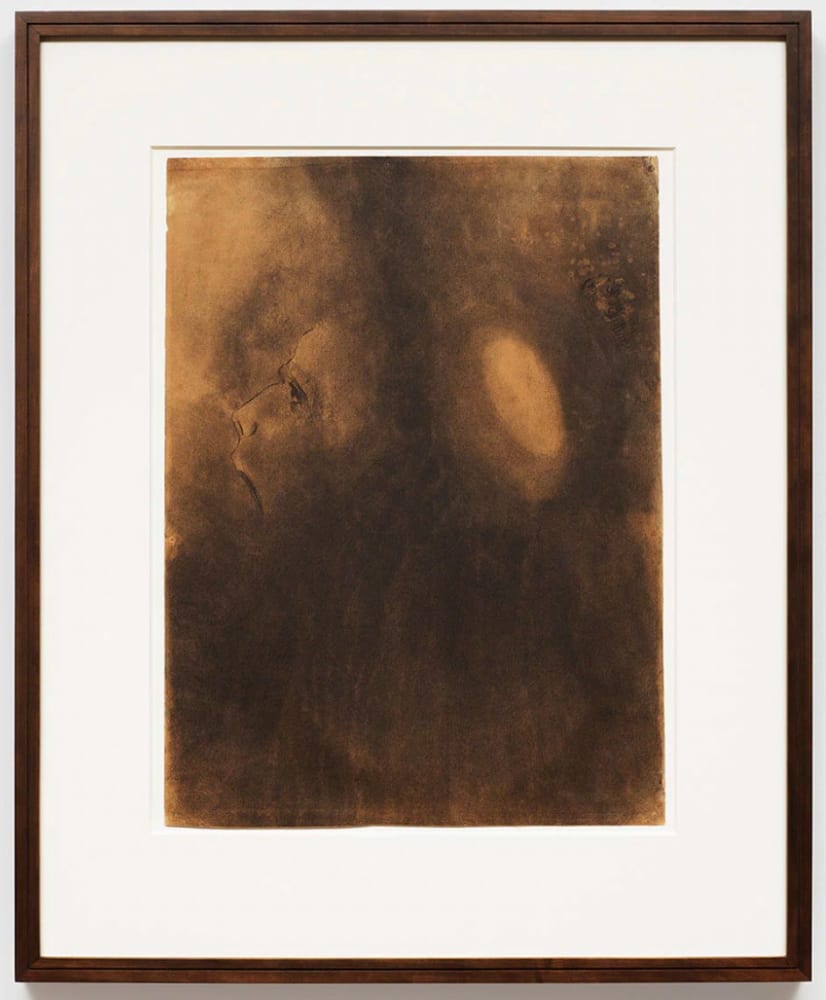Odilon Redon (1840-1916)
Ecstasy (L'extase), 1880s
Charcoal on buff paper
19½ by 14¾ inches (49.5 by 37.5 cm)
Provenance
Sale, Kornfeld & Klipstein, Berne, 18 June 1965, lot 958, ill.Galerie van de Loo, Munich, 1977, 1986
Private collection, United Kingdom
Sale, Christie's, 30 November 1993, lot 128
The Lefevre Gallery, London
Private collection, United States
Sale, Cornette de Saint Cyr, Paris, 6 July 2011, lot 21
Barry Friedman, New York, 2014
Private collection, New York
Exhibitions
New York, David Zwirner, Endless Enigma: Eight Centuries of Fantastic Art, 12 September - 27 October 2018Literature
World Collectors Annuary, vol. XVII, 1965, no. 3728, p. 376 as Die EkstaseA. Wildenstein, Odilon Redon, catalogue raisonné de l'oeuvre peint et dessiné, Portraits et figures, Paris 1998, Vol. I, p. 91, no. 211, ill.




